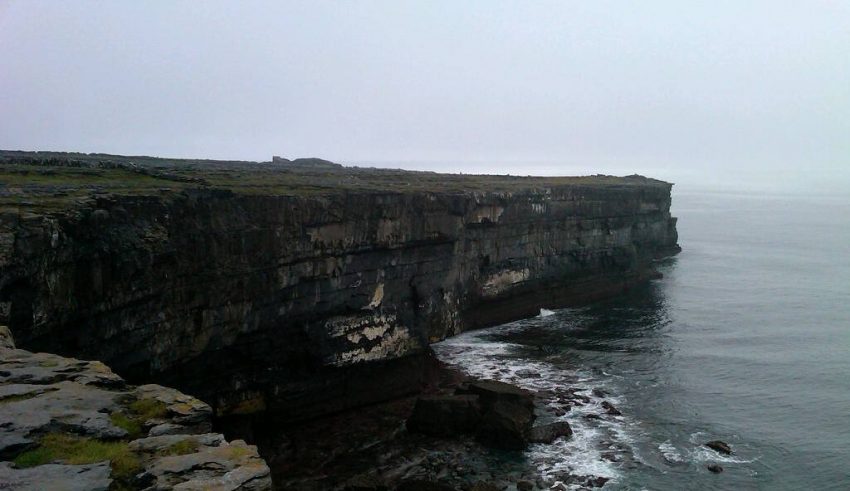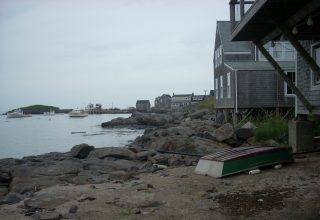
There is so much more to consider, tthhoough, than just our thoughts.
Somatic awareness can pinpoint stress before we even know about it. (What do you notice at the hinge of your jaw, your forehead, or your shoulders, as you read this?)
Feedback from others can provide a reality check on what was really communicated as opposed to what we think we are communicating. Our own culture, history, and the systems in which we live and work may unconsciously bias us to pick up on some things over others. All of these factors and many others play out through and influence our sense making which, in turn, contribute to and limit our capacity to see, understand, and respond.
So this is where we get to the core of what transformation means. To transform, we need to be ready and willing to shift the form or structure (trans-form) of how we see and comport ourselves, relate with others, and to accept the new realities that come with those changes.
When we talk about this form or structure, we need to consider more than how we think..
⦁ Our inner world, with its emotions and beliefs
⦁ Our physicality, with its supportive and expressive capacities
⦁ Our environment, with its cultures and systems
⦁ And all it takes to integrate this kaleidoscope into new ways of being and doing
Vertical Development theorists often use the analogy of a cup of a given volume to illustrate this idea. As long as the structure remains the same, the capacity of the cup will be defined by that structure. That is where Horizontal Development fits in as development of skills, knowledge, and expertise can fill out one’s abilities to full capacity to enable a high level of functioning within that given capacity.
Download Article















